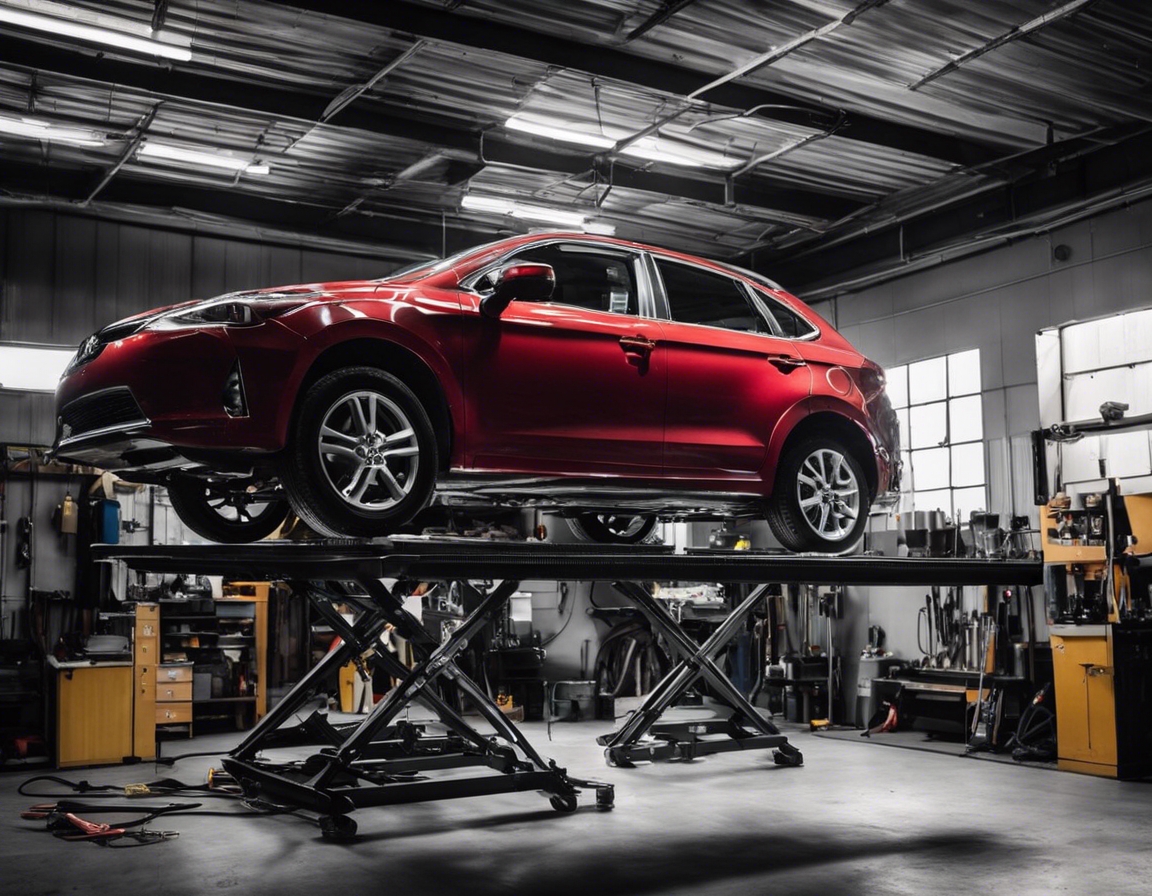5 signs your vehicle needs a roadworthiness test
Ensuring the roadworthiness of a vehicle is not just a legal requirement; it's a critical aspect of road safety for drivers, passengers, and pedestrians alike. Regular checks and maintenance can prevent accidents and save lives. In this post, we'll explore five telltale signs that indicate your vehicle may be due for a roadworthiness test.
Understanding Roadworthiness Tests
A roadworthiness test, often known as a vehicle inspection, is a periodic examination to ensure that a vehicle meets the regulatory standards for safety and emissions. These tests are designed to identify any issues that could compromise the safety or environmental impact of the vehicle.
Regular roadworthiness tests are essential for maintaining vehicle safety standards, minimizing the risk of accidents due to vehicle failure, and ensuring compliance with environmental regulations. They are a key part of responsible vehicle ownership and operation.
Sign #1: Unusual Noises or Vibrations
Unusual noises or vibrations during operation can be early indicators of mechanical issues. Sounds such as grinding, squealing, or knocking should be investigated promptly.
These sounds could indicate a range of problems, from worn brake pads to a failing transmission. A roadworthiness test can help diagnose the exact issue.
Sign #2: Warning Lights on the Dashboard
Modern vehicles are equipped with an array of dashboard warning lights that signal various issues, such as engine problems, electrical faults, or tire pressure imbalances.
Ignoring these alerts can lead to serious vehicle malfunctions. A roadworthiness test can provide a comprehensive check to address these warnings.
Sign #3: Braking Issues
Any change in braking performance, such as increased stopping distance, spongy brake pedals, or pulling to one side, can be a sign of brake system issues.
Brake system failures are a common cause of accidents. A roadworthiness test can ensure that your brakes are functioning correctly and are safe to use.
Sign #4: Visible Wear and Tear
Visible damage to the vehicle's exterior, such as rust, dents, or cracked windshields, can affect its structural integrity and safety.
Inside the vehicle, signs of wear such as damaged seat belts or malfunctioning seats can also be a safety hazard. A thorough roadworthiness test will examine both interior and exterior elements.
Sign #5: Emission Problems
Excessive smoke or a strong smell of fuel can indicate emission problems, which not only affect the vehicle's performance but also contribute to environmental pollution.
Adhering to emission standards is crucial for reducing your carbon footprint and avoiding penalties. A roadworthiness test can assess whether your vehicle meets the required environmental standards.







Comments (0)